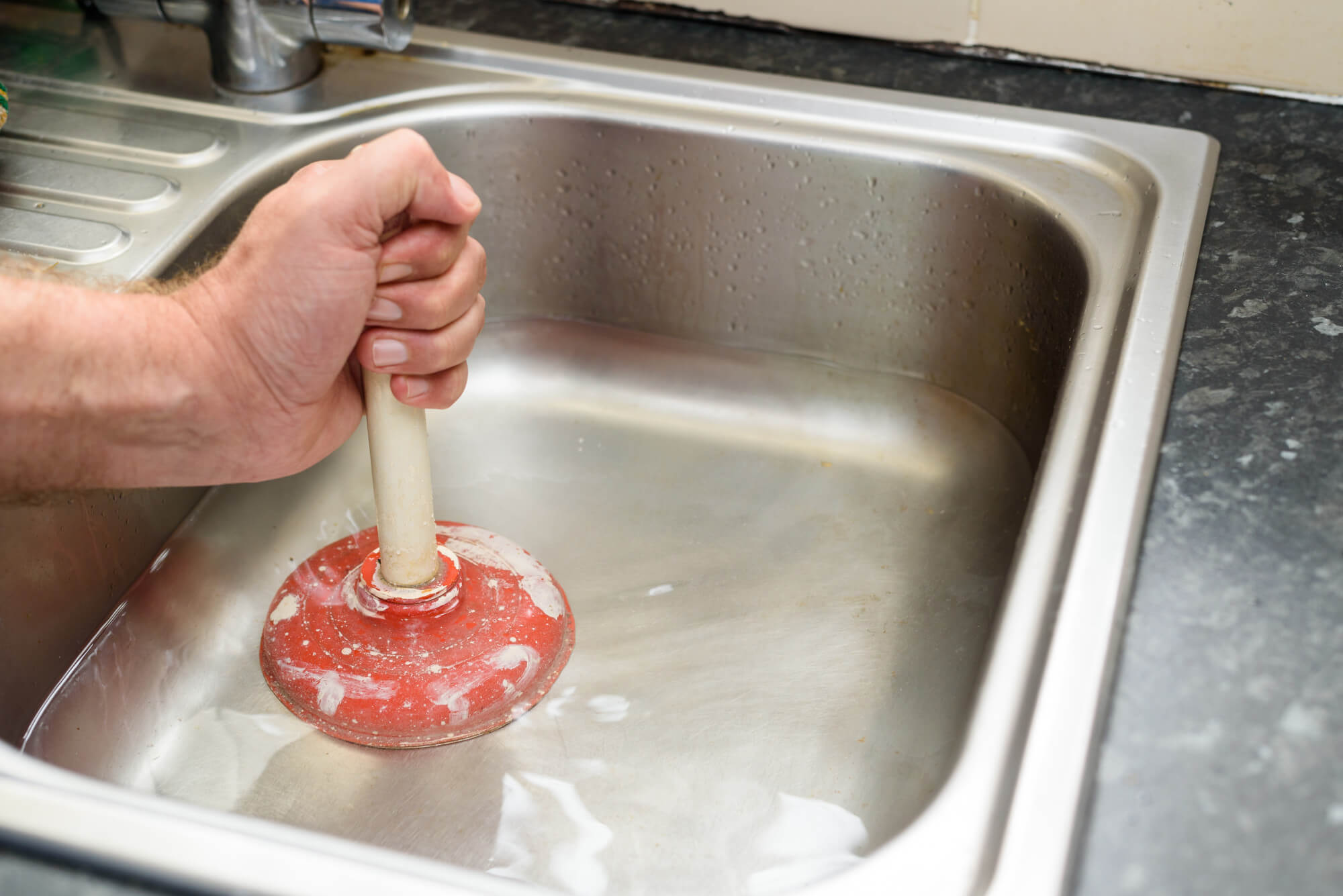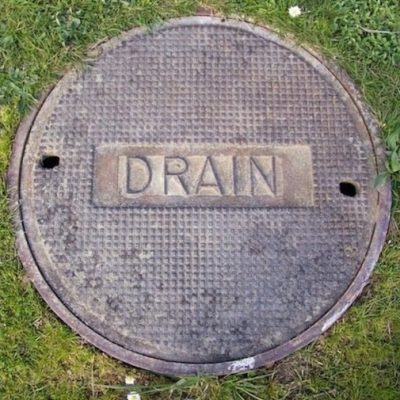How to Clear a Blocked Drain Prior to Contacting Plumbing Experts
How to Clear a Blocked Drain Prior to Contacting Plumbing Experts
Blog Article
What're your concepts about Some easy tips to fix blocked drains?

Introduction
Dealing with an obstructed drain can be an aggravating experience, disrupting everyday tasks and potentially triggering damages to your home. However, before connecting to pipes professionals, there are actions you can require to address the problem yourself. In this guide, we'll check out do it yourself solutions and preventive measures to deal with an obstructed drainpipe properly.
Determining the Issue
The very first step in dealing with an obstructed drainpipe is recognizing the indicators. Slow drain, gurgling noises, foul odors rising from drains pipes, or water backing up prevail signs of an obstructed drainpipe. Identifying these indicators early can aid avoid further problems.
Usual Reasons For Obstructed Drains
Recognizing the elements that contribute to drain clogs is necessary for reliable resolution. Common perpetrators consist of hair, soap residue, grease, food debris, and foreign objects like sanitary products or paper towels. Tree roots getting into below ground pipelines can additionally create substantial blockages.
DIY Solutions
For minor blockages, several DIY solutions can be effective. Putting boiling thin down the drainpipe can help dissolve grease and debris. Sodium bicarbonate and vinegar or a combination of salt and cooking soda can serve as natural cleaners. Utilizing a bettor or plumbing serpent to dislodge blockages is another choice.
Tools and Devices
Having the right devices available can make do it yourself drain cleaning a lot more efficient. A plunger is a functional tool for removing clogs in sinks, toilets, and showers. A plumbing serpent or auger can get to much deeper clogs, while drain cleansing chemicals can be used meticulously for stubborn obstructions.
Preventive Measures
To stay clear of future obstructions, embracing preventive measures is crucial. Mount drain guards or filters to catch hair and debris before they enter the pipes. Consistently flush drains with warm water to dissolve oil accumulation, and avoid taking care of oil or strong waste away.
When to Call an Expert
While DIY remedies can deal with small clogs, certain signs indicate the need for expert support. Consistent clogs, foul odors despite cleaning efforts, or multiple drains backing up concurrently are warnings that require skilled treatment.
Selecting the Right Pipes Service
When picking a pipes solution, take into consideration variables such as experience, licensing, and consumer reviews. Choose a credible plumbing professional with a record of high quality craftsmanship and transparent pricing techniques.
Cost Considerations
The expense of professional drain cleaning company can differ relying on the severity of the blockage and the plumbing's prices. Demand quotes from numerous providers and inquire about any kind of added fees to make certain openness and stay clear of surprises.
Safety and security Measures
When attempting do it yourself drainpipe cleansing, prioritize security. Use protective gloves and eyewear to avoid contact with hazardous chemicals or bacteria. Never mix various drainpipe cleaning items, as this can create hazardous fumes.
Instance Studies
Real-life instances show the efficiency of DIY options and the significance of prompt professional treatment in fixing drainpipe blockages.
Verdict
By following the ideas outlined in this guide, you can properly tackle blocked drains and protect against future plumbing issues. Whether selecting do it yourself services or seeking expert aid, punctual action is key to keeping a healthy pipes system and protecting the integrity of your home.
How to Clear a Clogged Drain Yourself (And When to Call In the Professionals)
What Can Clog a Drain
Dirt Skin flakes Hair Grease Soap scum Food Offset pipes Tree roots Small objects Mineral buildup DIY Tricks to Unclog a Drain
You can fix this! Once you have identified the source of the clog (or have a vague idea), you can try one or a combination of these fixes in order to clear your plumbing.
Wire Hanger or Snake
Untangle and clear out hair from a drainpipe with a homemade snake. Use a straightened-out wire hanger with a 90-degree angle hook to locate the clog and drag out any unwanted material.
Remember not to push the clog further down to where the wire hanger cannot reach! If you need to follow up with a plunger, give it a try. Your efforts might be more successful after it’s been wire-snaked.
If you want to get fancy and don’t have a wire hanger to spare, head to the store and pick up a hand-operated drain snake. You can get one for $10-$30. It may save you the hassle, and provide additional length to reach deep into the clogged pipe.
Plunger
A cup plunger has a suction cup attached to a wooden handle. The rubber creates a seal around the drain, and increases the pressure force of the plunger.
Plunge for 30-second increments to loosen the clog. This may need to be repeated over the course of 15-20 minutes. Once plunged, run the water to flush the remaining material out of the drain.
Remember– never use a plunger if you have used a chemical drain cleaner. These chemicals can splash up from the force of the plunger and cause serious injury or burns.
Boiling Water
Hot water can sometimes break up materials into a flushable amount. Dirt, grease, and soap buildup requires heat in order to unstick from surfaces.
Take your kitchen kettle and heat your water to a boil. Once it reaches a rolling boil, pour it directly down the drain into the blockage. Carefully follow with plunging, if necessary.
Don’t worry if this takes more than one try! It can often take multiple kettles and repeated plunging in order to clear a particularly stubborn clog.
Chemical Drain Cleaner
As a last resort, pick up a bottle of chemical drain cleaner. Drain-cleaning chemicals are potent, and not very good for the environment.
You may need to wear protective eyewear in gloves before handling your bottle of chemical drain cleaner. Follow the instructions printed on the bottle, and flush with water as soon as the instructions allow. Do not follow with plunging.
Baking Soda and Vinegar
As a safer alternative to chemical drain cleaner, baking soda and vinegar can create a chemical reaction that clears tough clogs.
Combine one cup of cleaning vinegar with one cup of boiling water, and set aside. Once you have done this, pour half a cup of baking soda down the drain. Give the baking thirty seconds to settle and cover a large portion of the problem drain.
Following the baking soda, pour down your vinegar and hot water solution. Once the vinegar and baking soda combine, the mixture will bubble and fix. Let this reaction fizzle in the drain for about an hour.
After an hour, follow with a kettle’s worth of hot water. The heat and liquid should flush out any remaining material.
When to Call a Plumber
If your DIY attempts haven’t cleared your clog drain, it’s time to call in a professional. It’s not worth losing access to your kitchen sink or high-traffic bathroom. A clog in a vital area can keep you from the things you’d rather be doing, and derail your routine.
Anytime a clog is causing water to spread is a time to call in a plumbing service. What starts out as a little bit of water can quickly grow into serious, expensive water damage.
Additionally, a serious clog can result in burst pipes or serious leaks. Make sure you know when to take it seriously!
https://myguysnow.com/how-to-clear-a-clogged-drain-yourself-and-when-to-call-in-the-professionals/

I was brought to that write-up about 8 Tips For Clearing A Blocked Drain from a buddy on our other web property. Do you know another individual who is in to the topic? Feel free to promote it. I recognize the value of reading our article about How to handle a clogged drain in your home.
Go Services Report this page